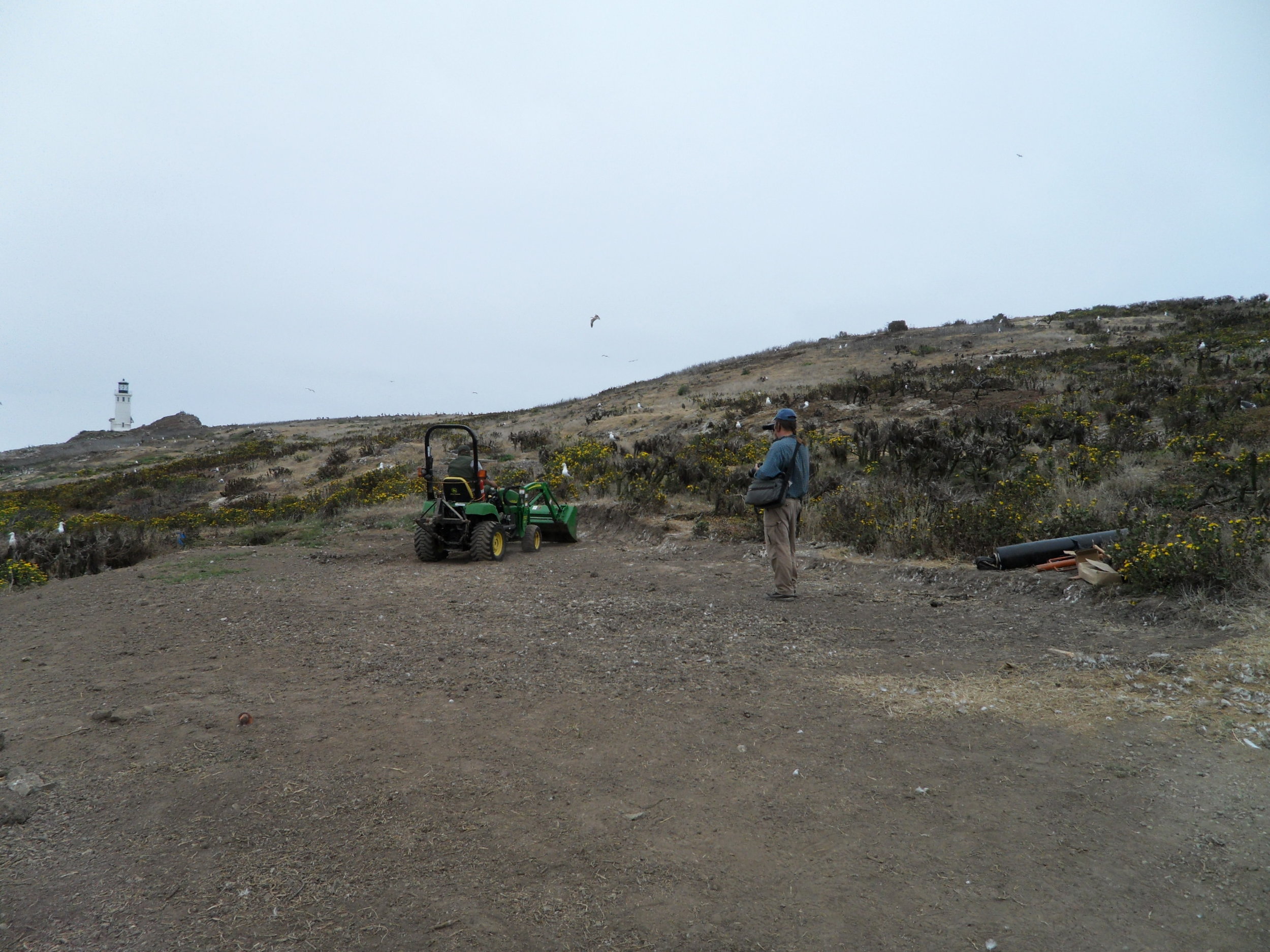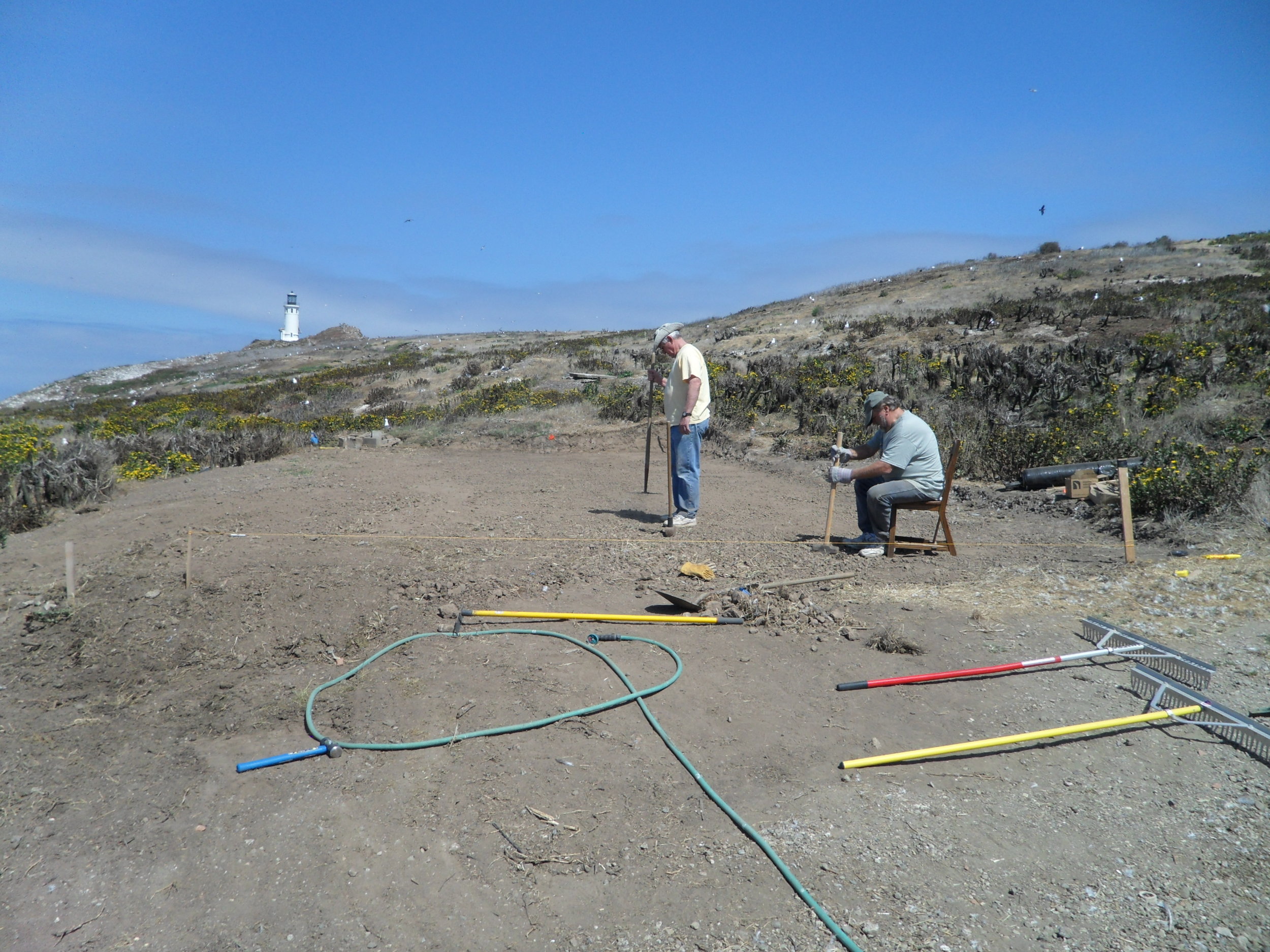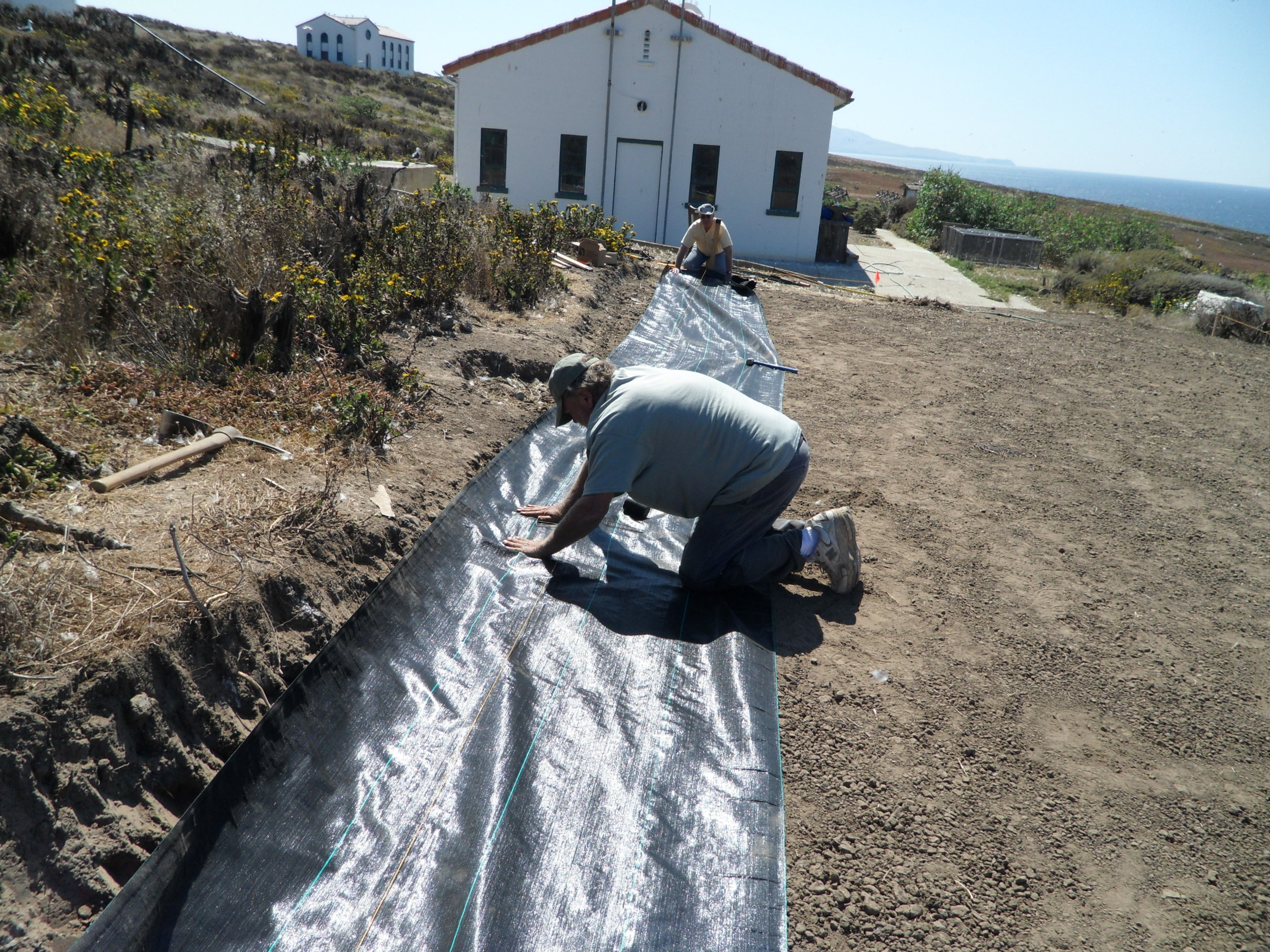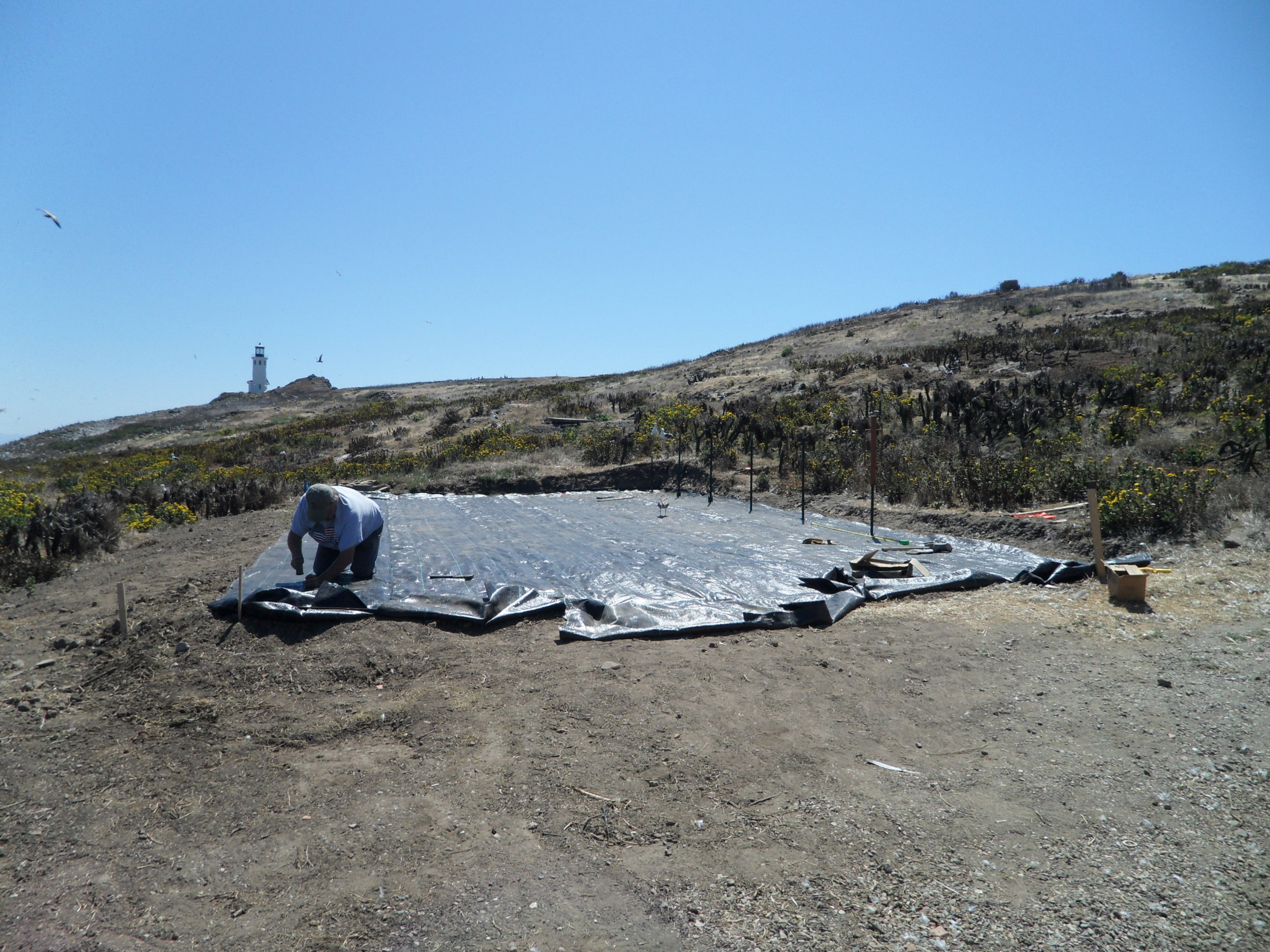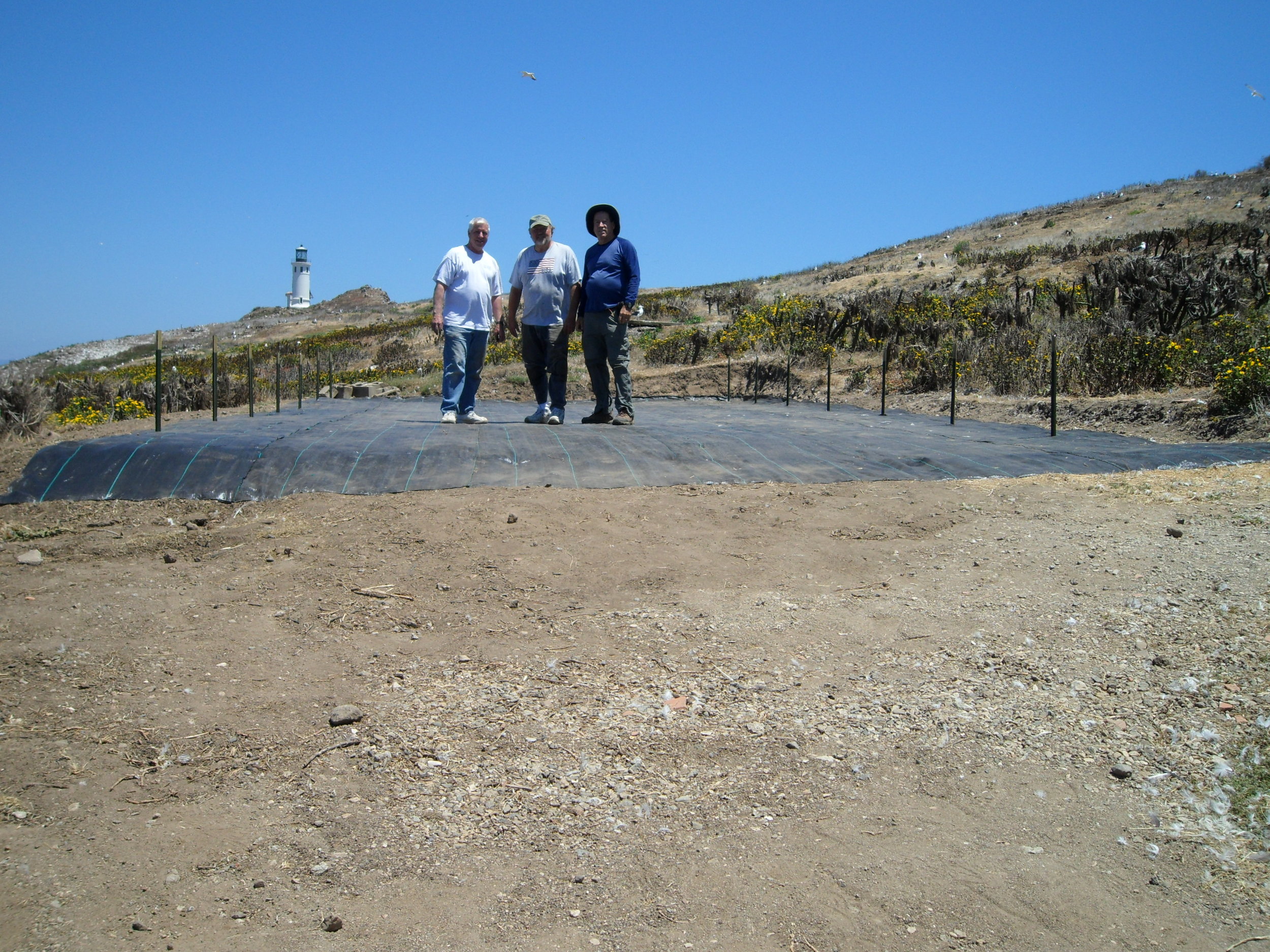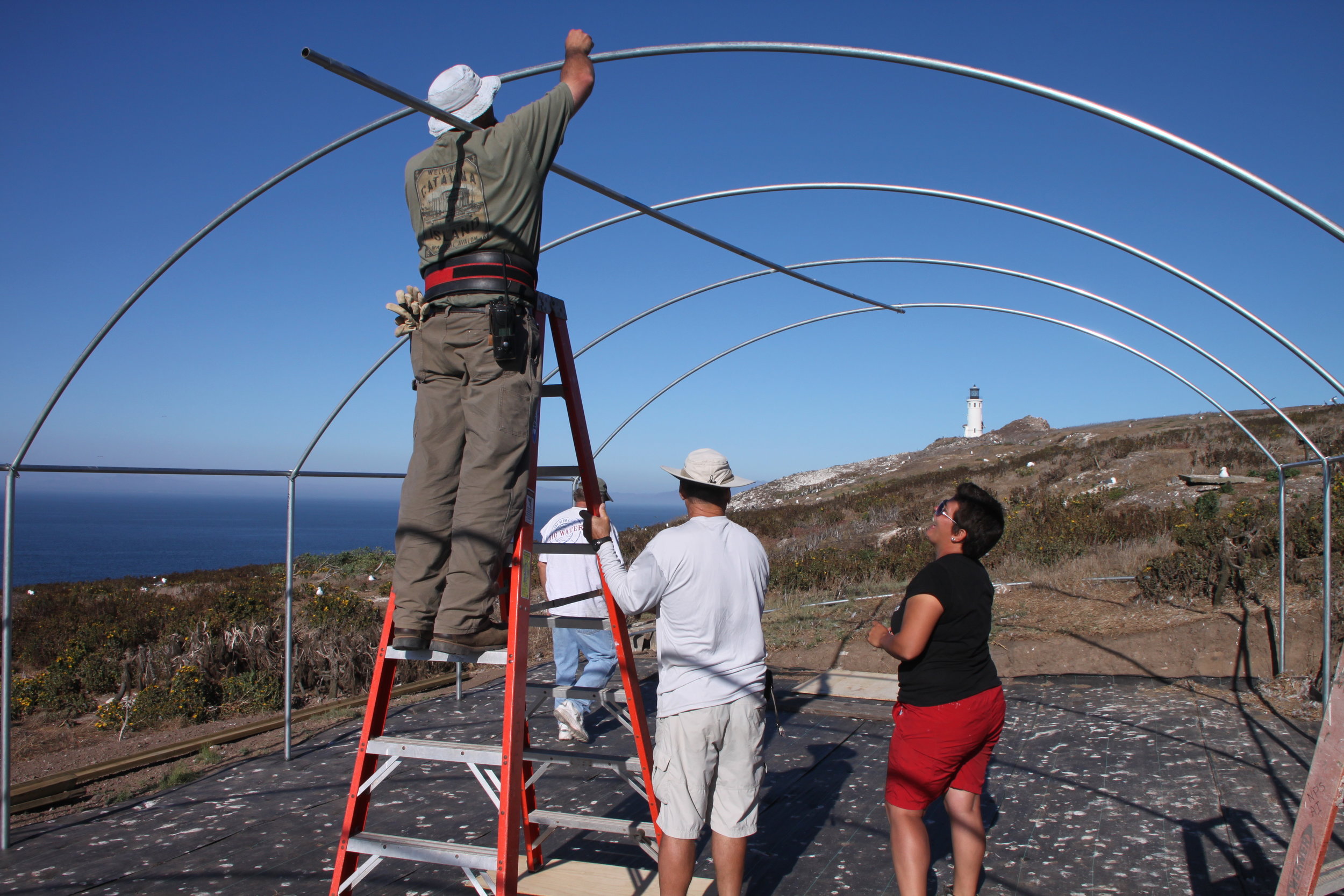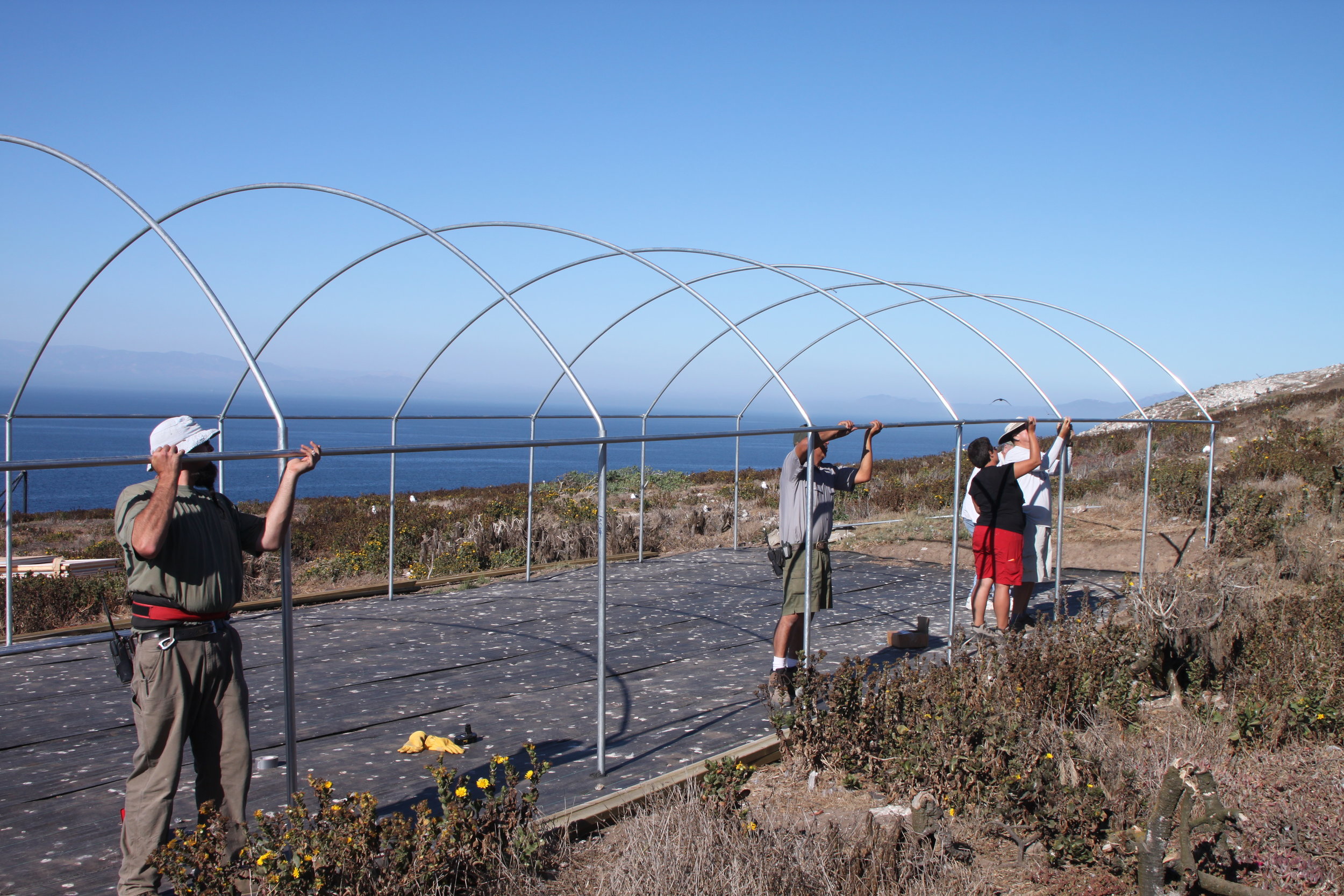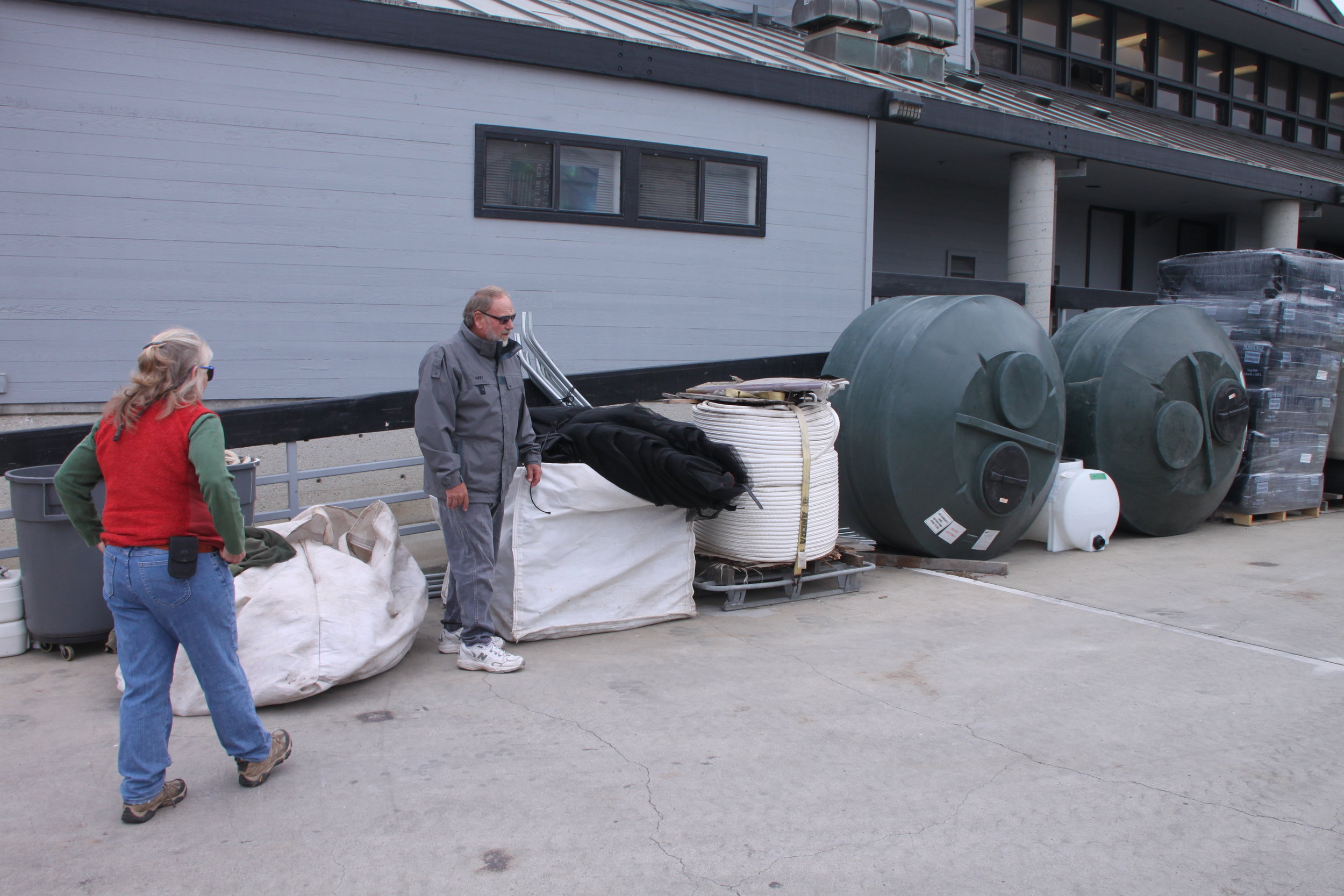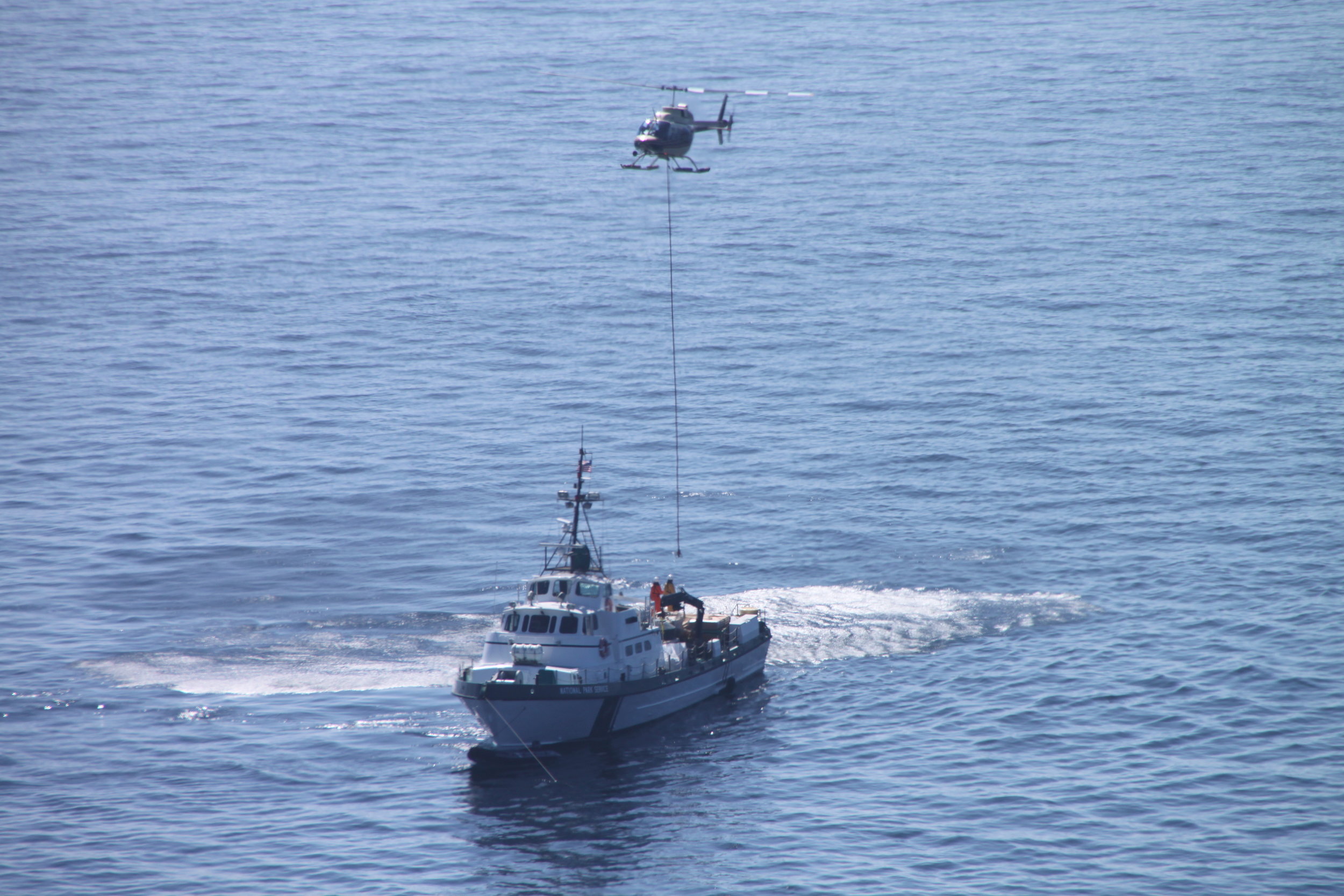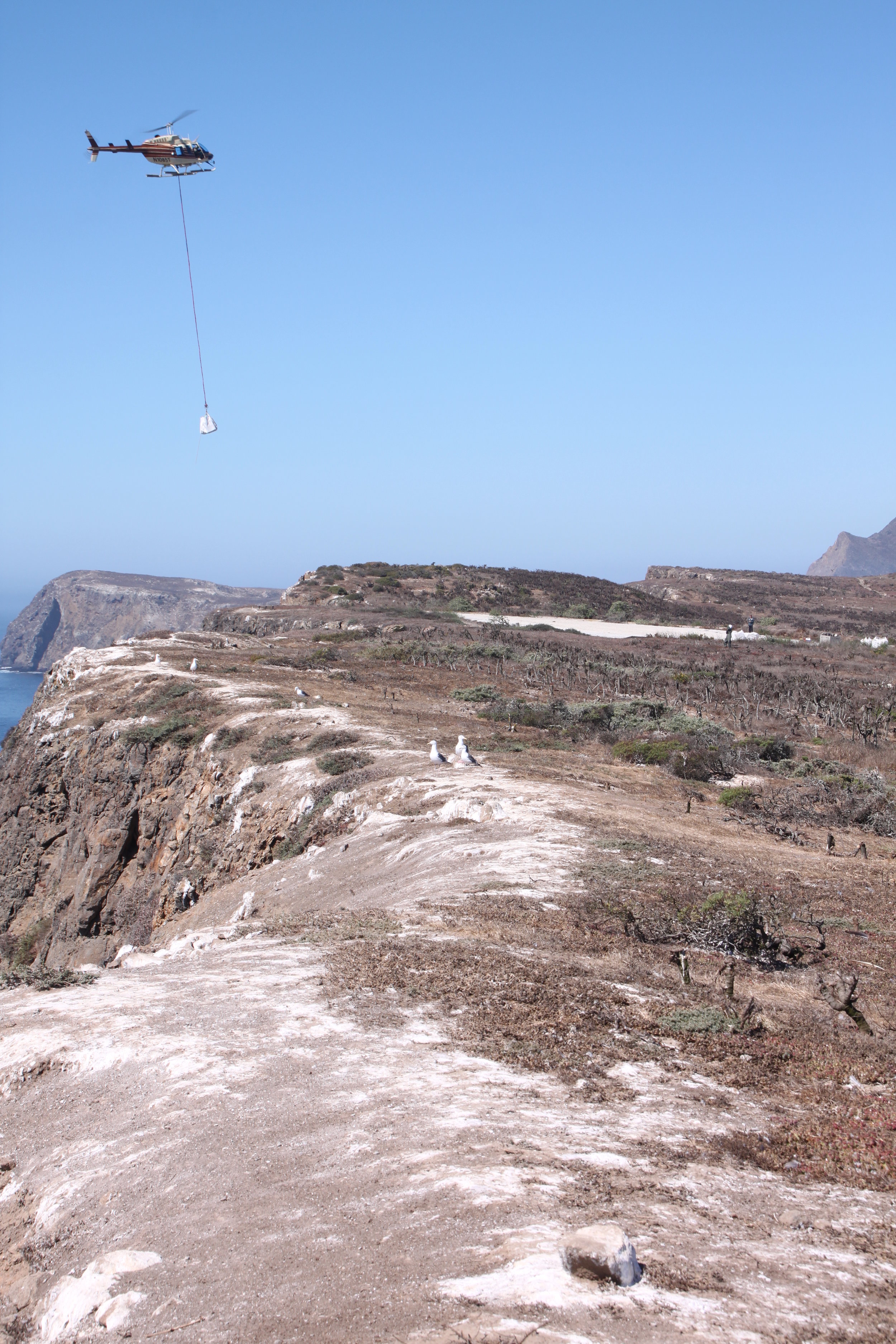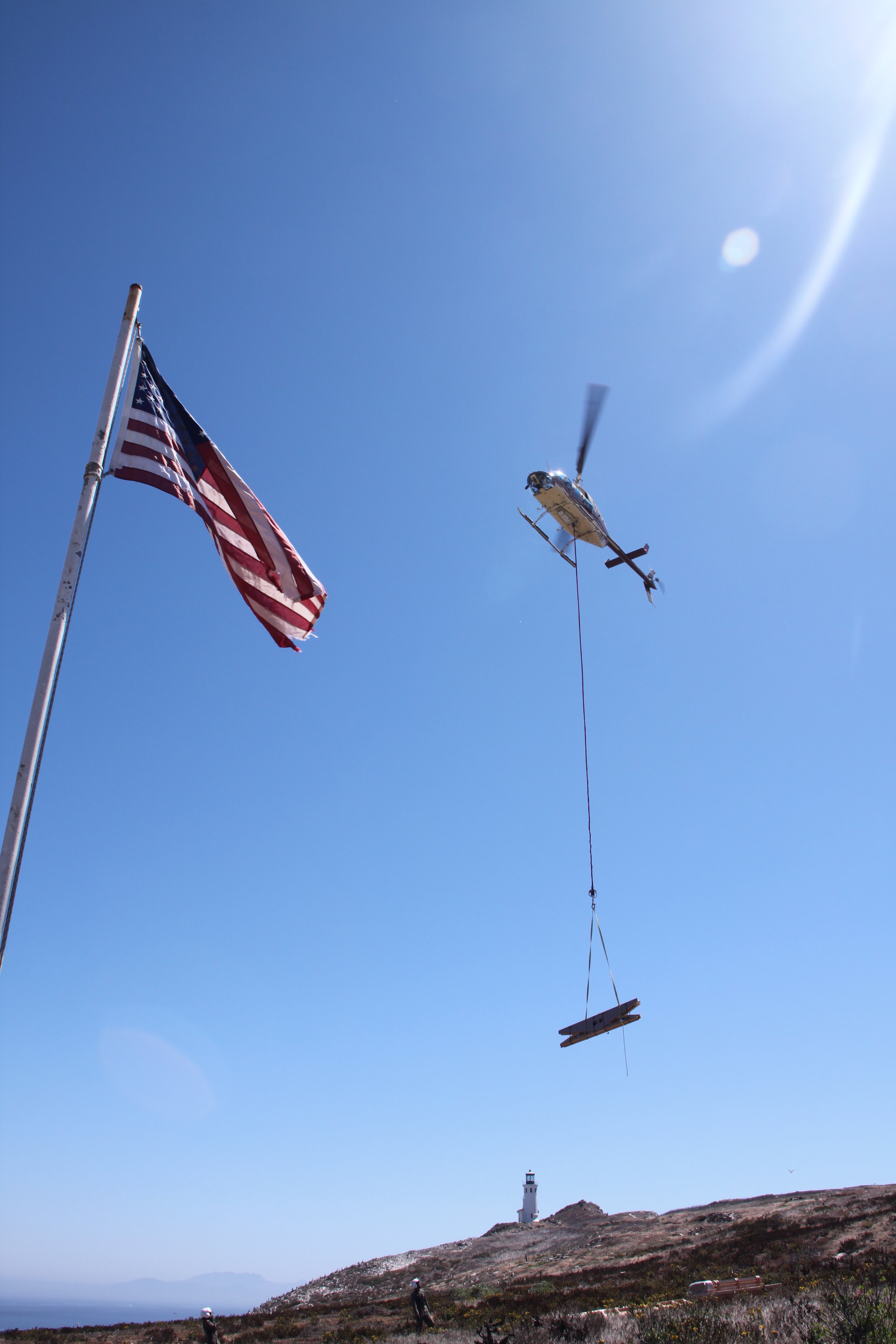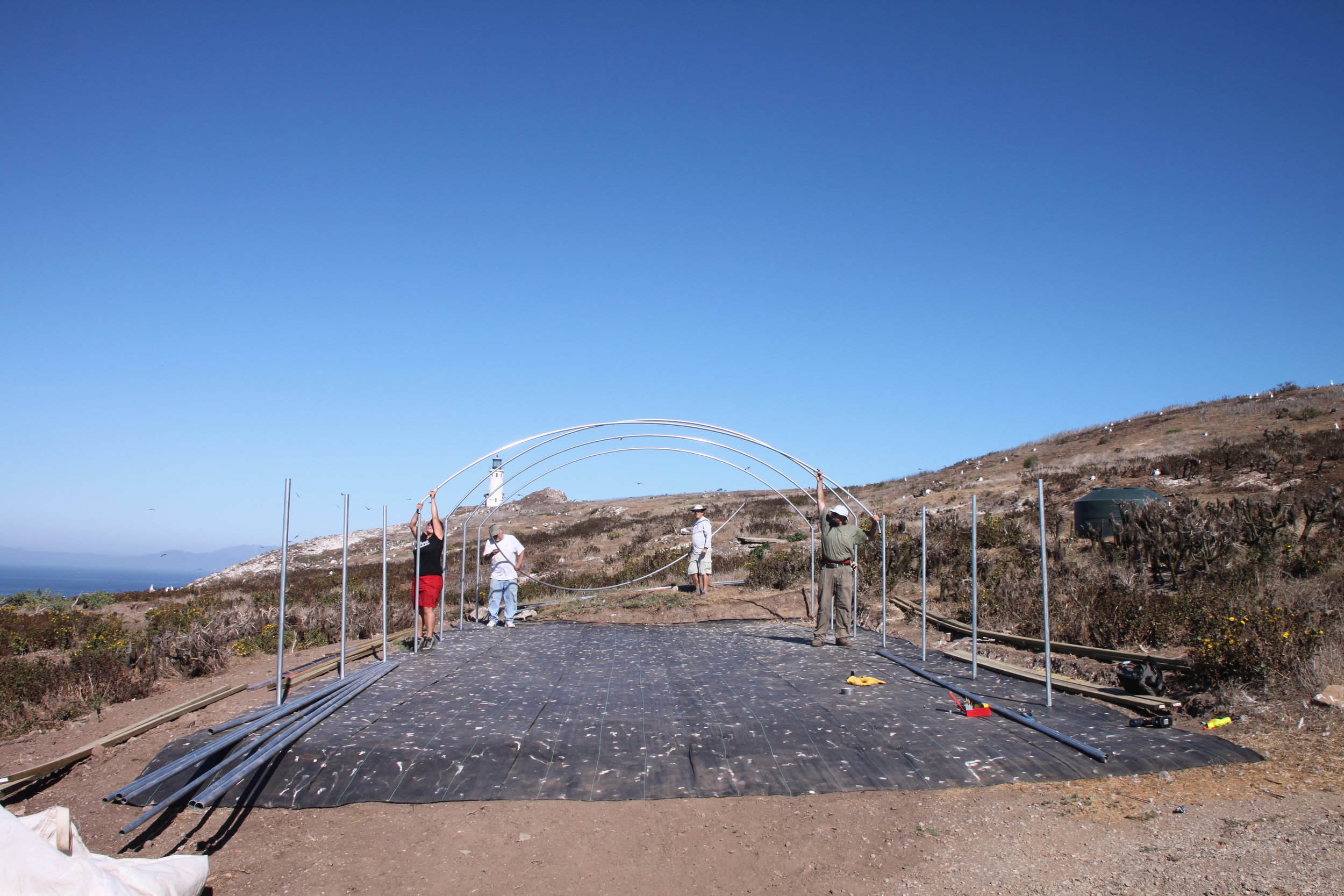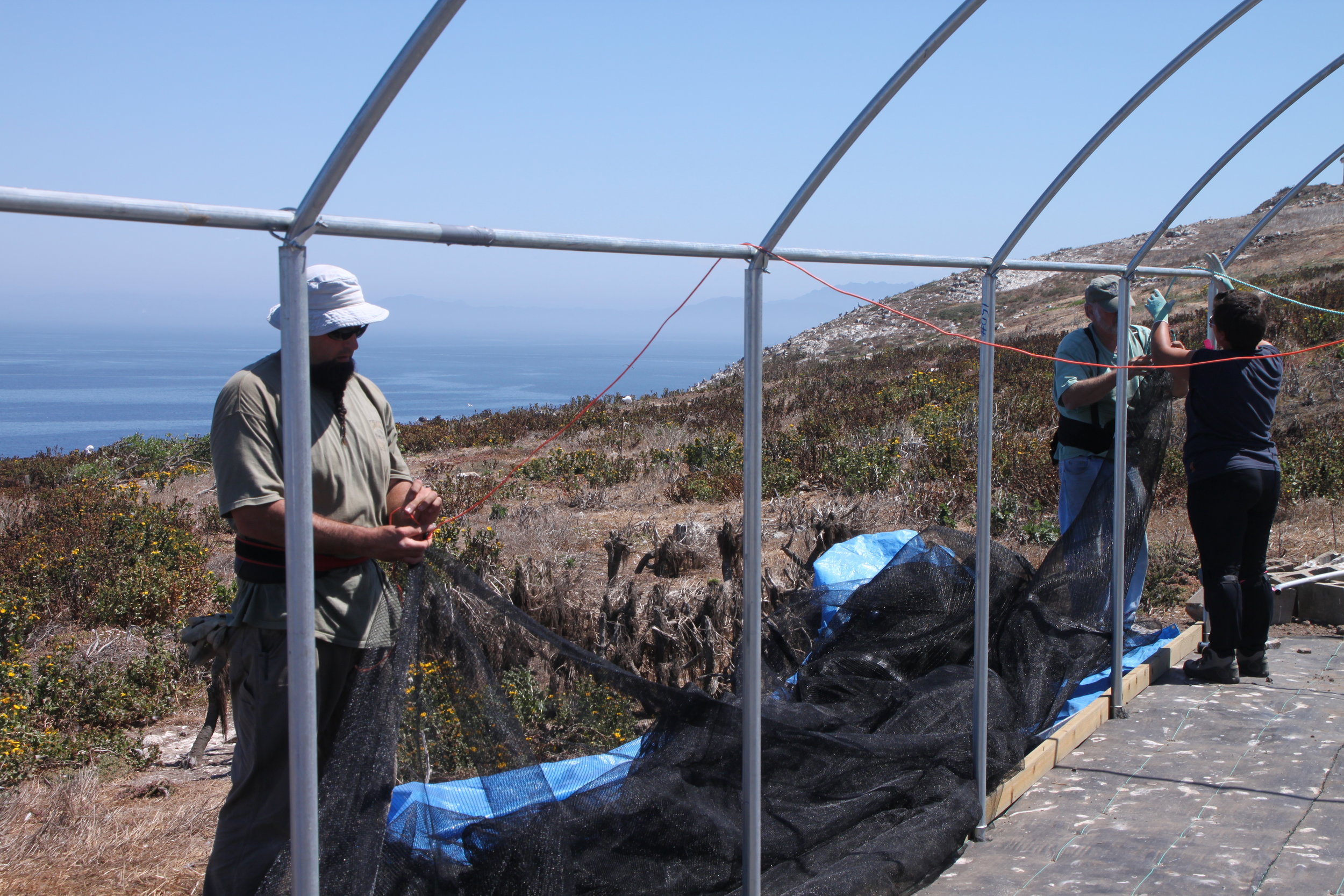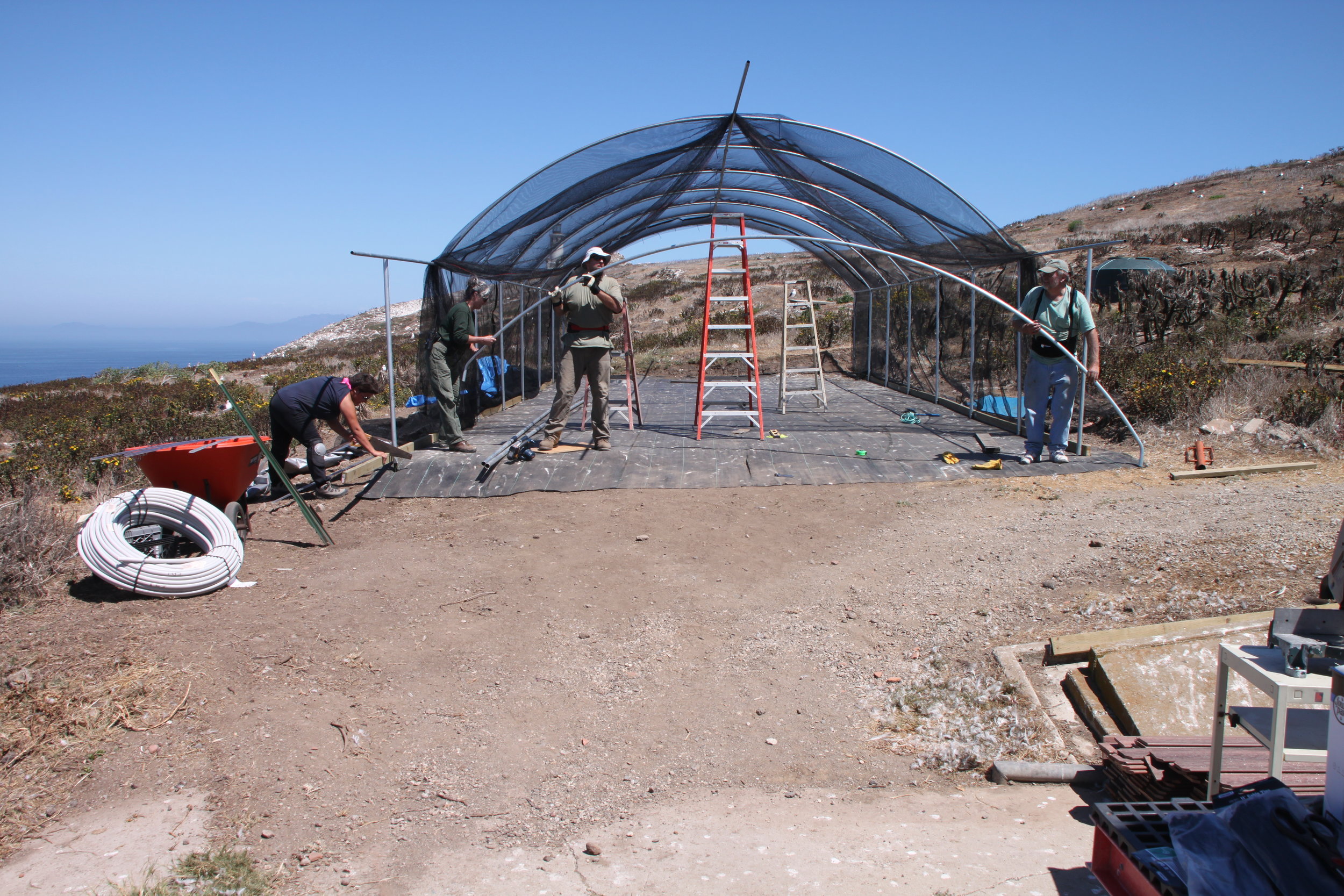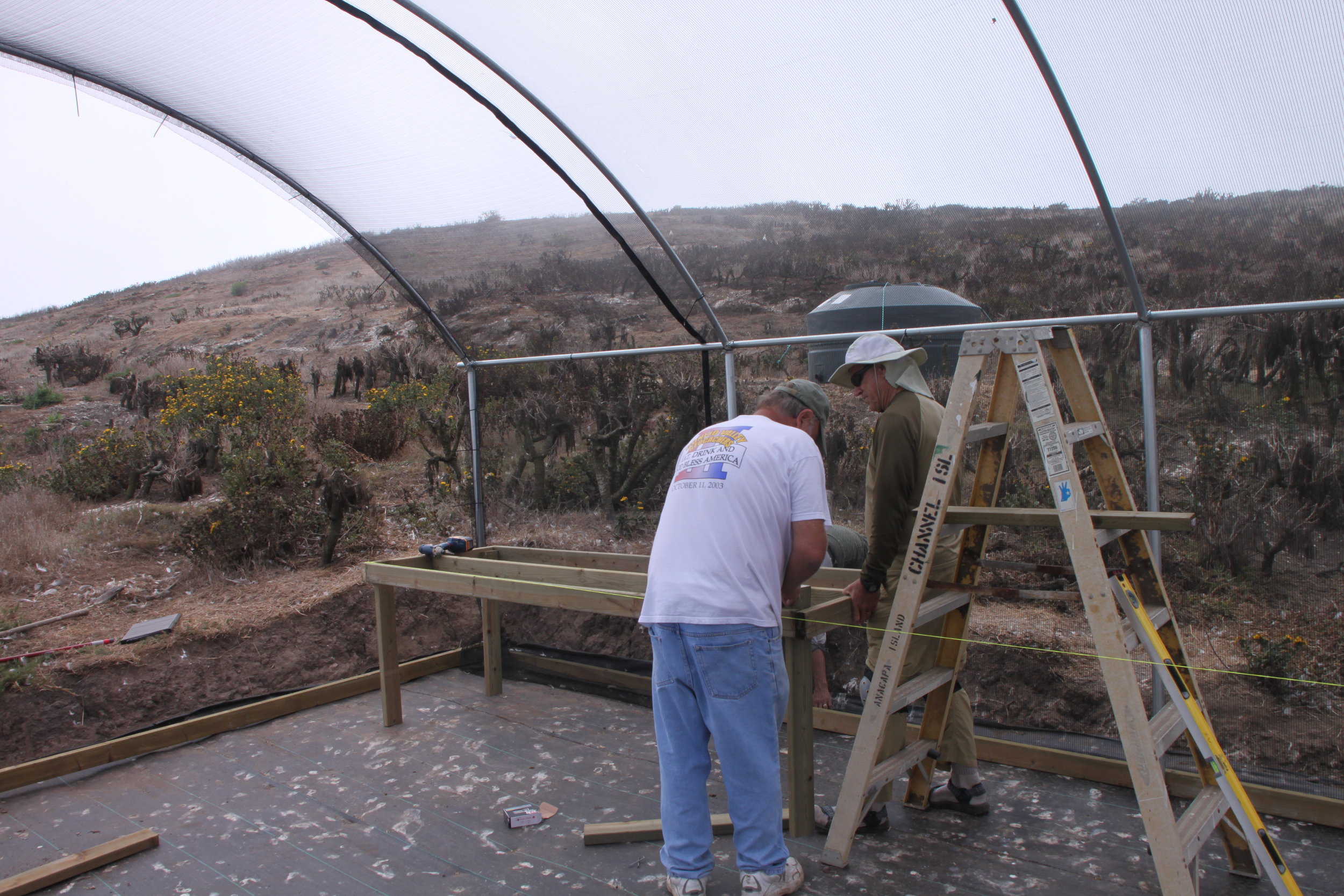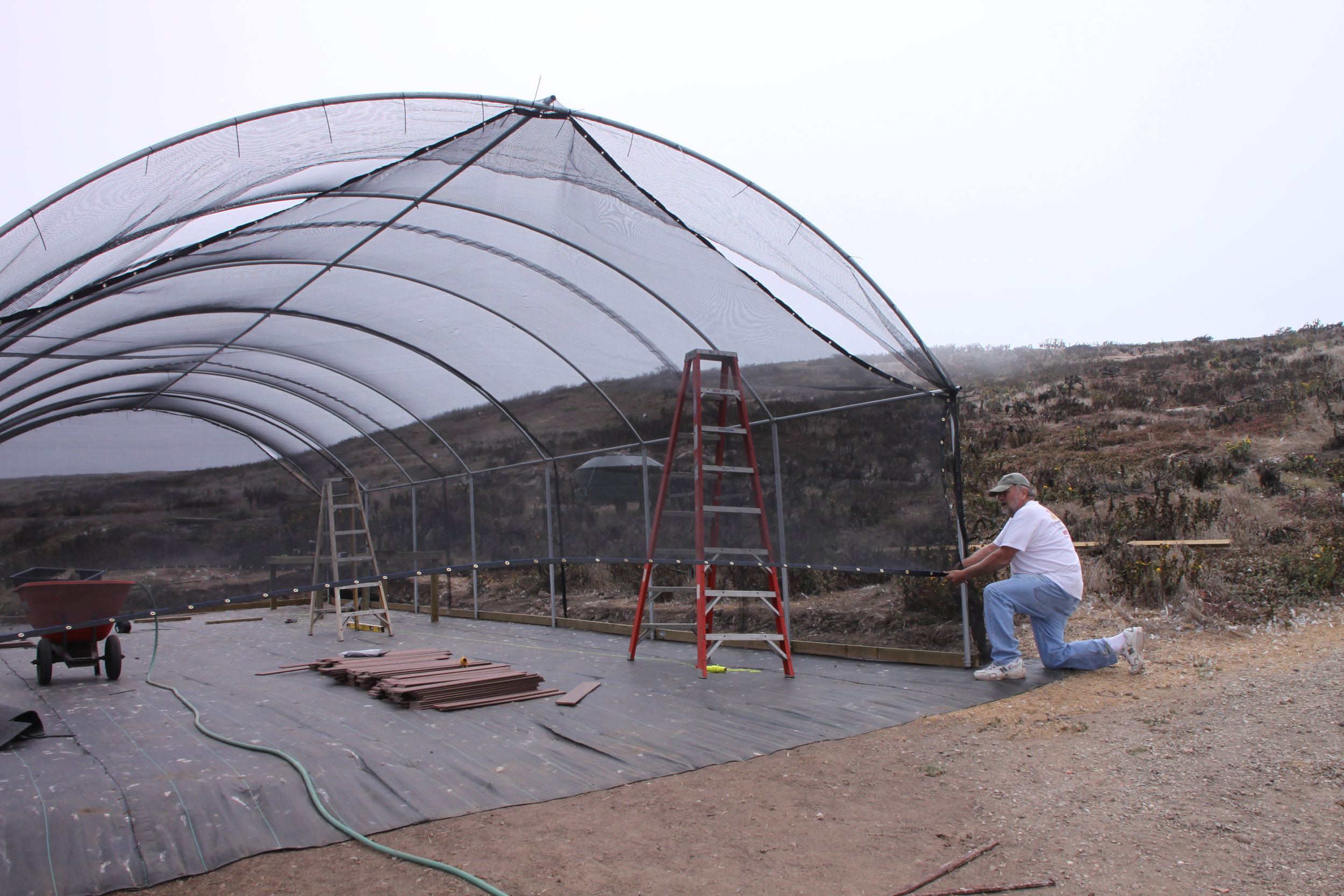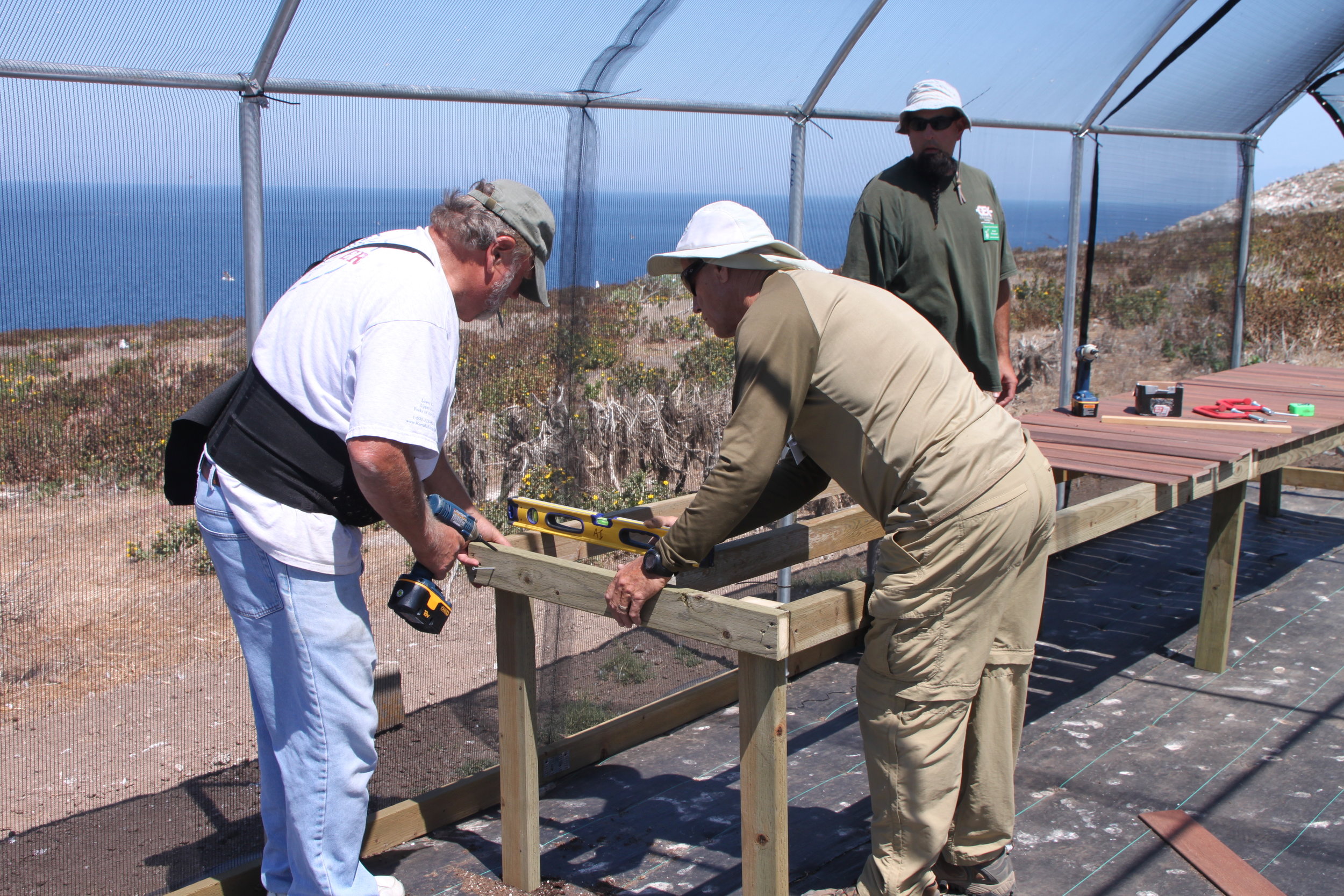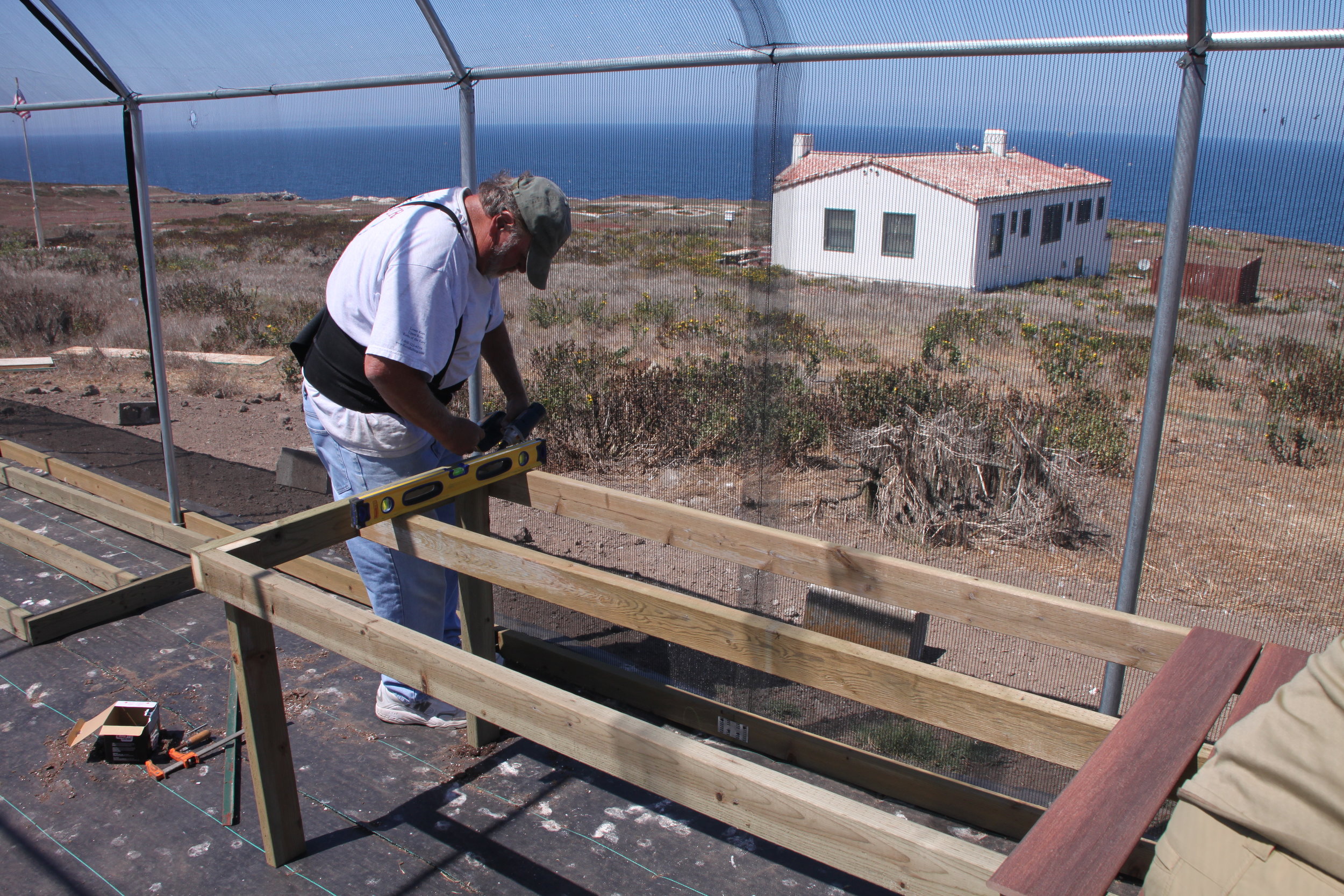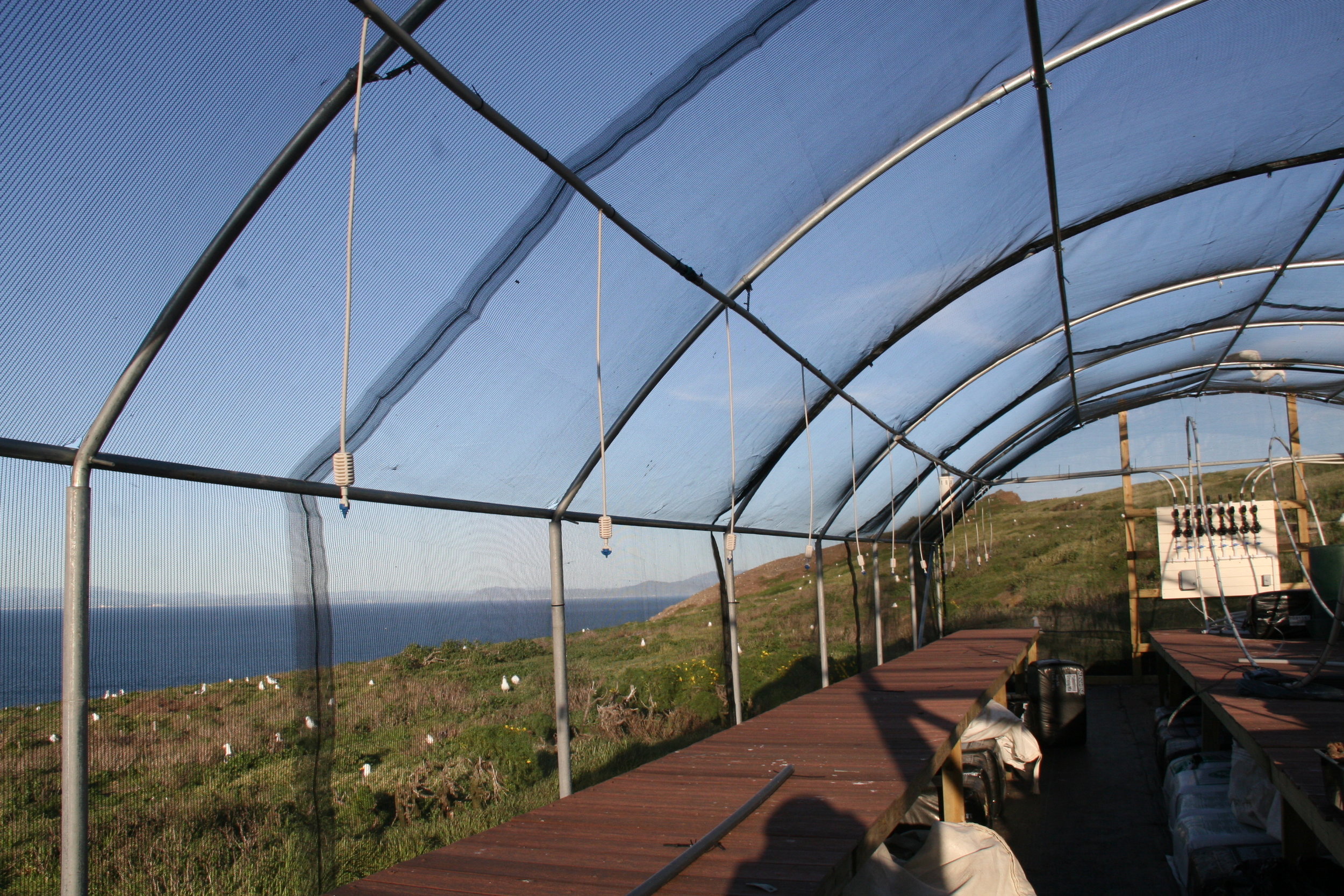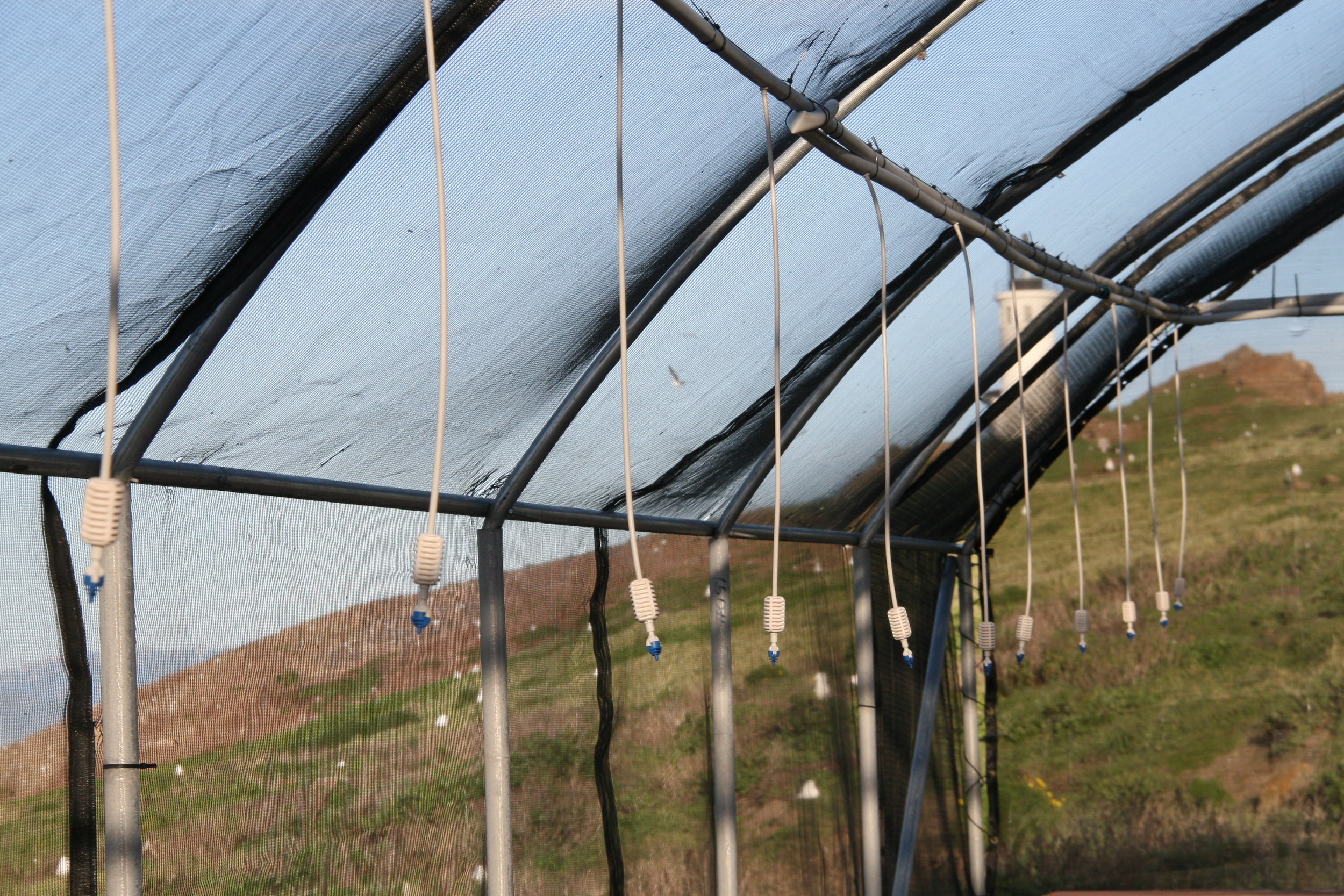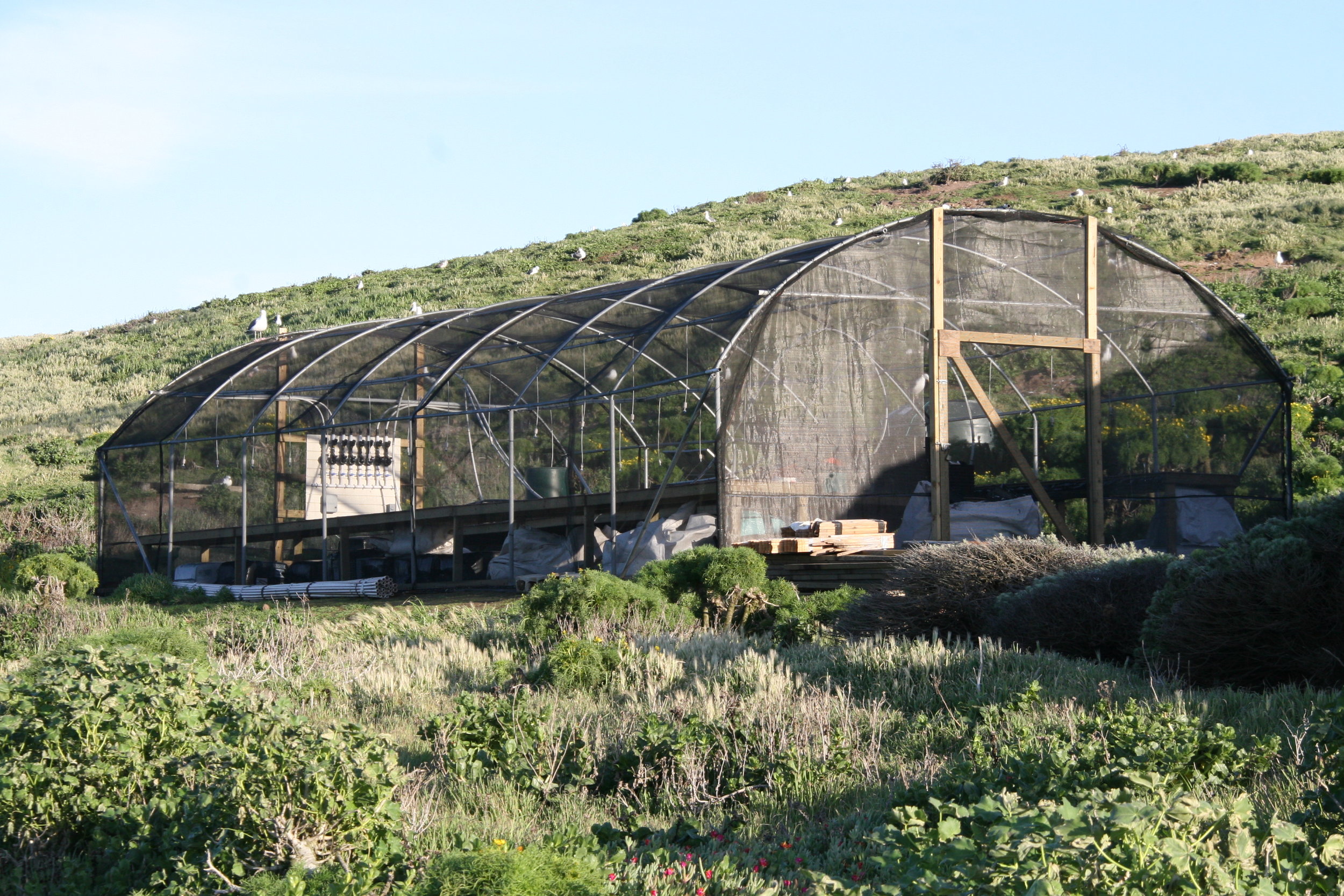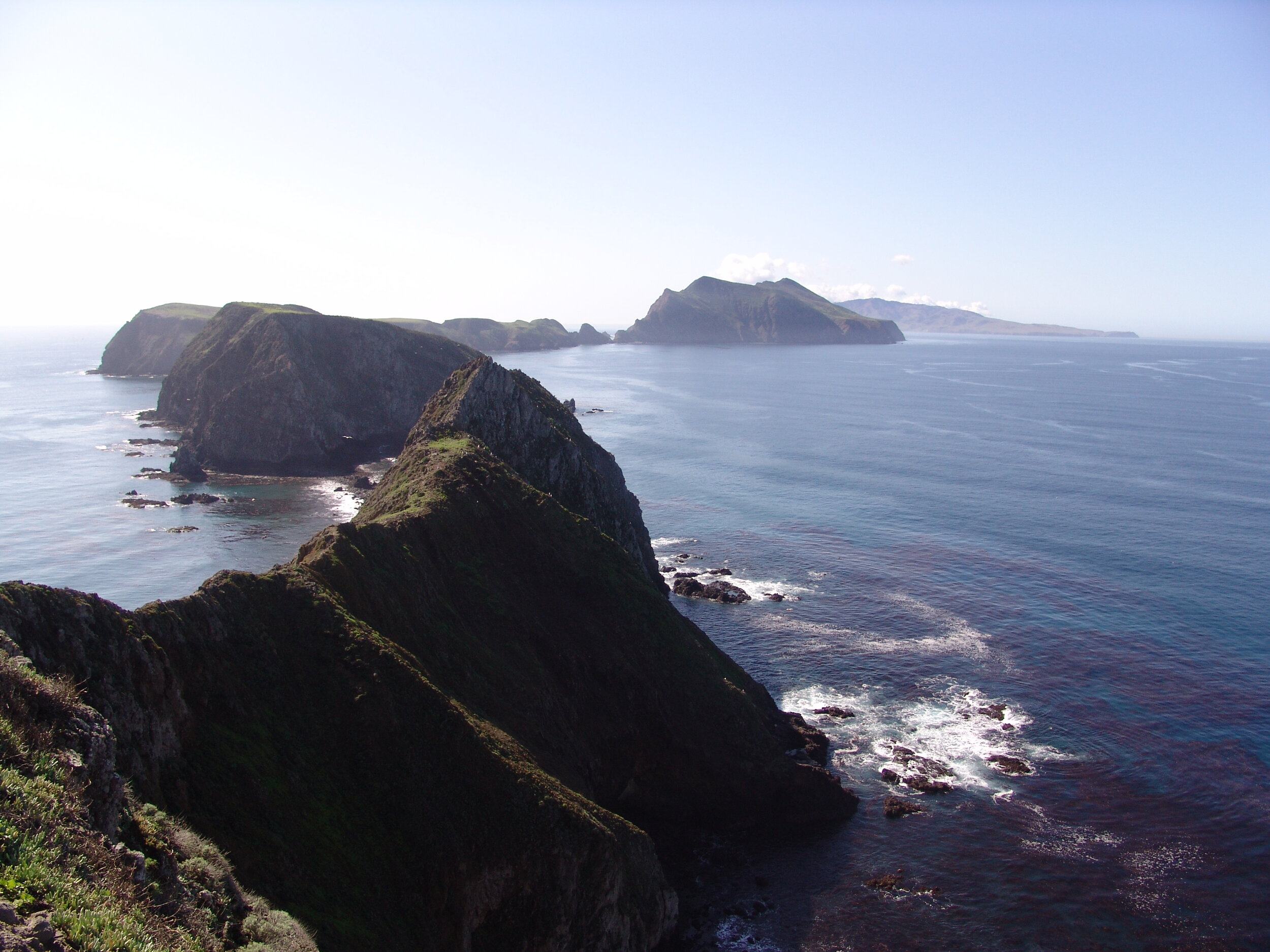

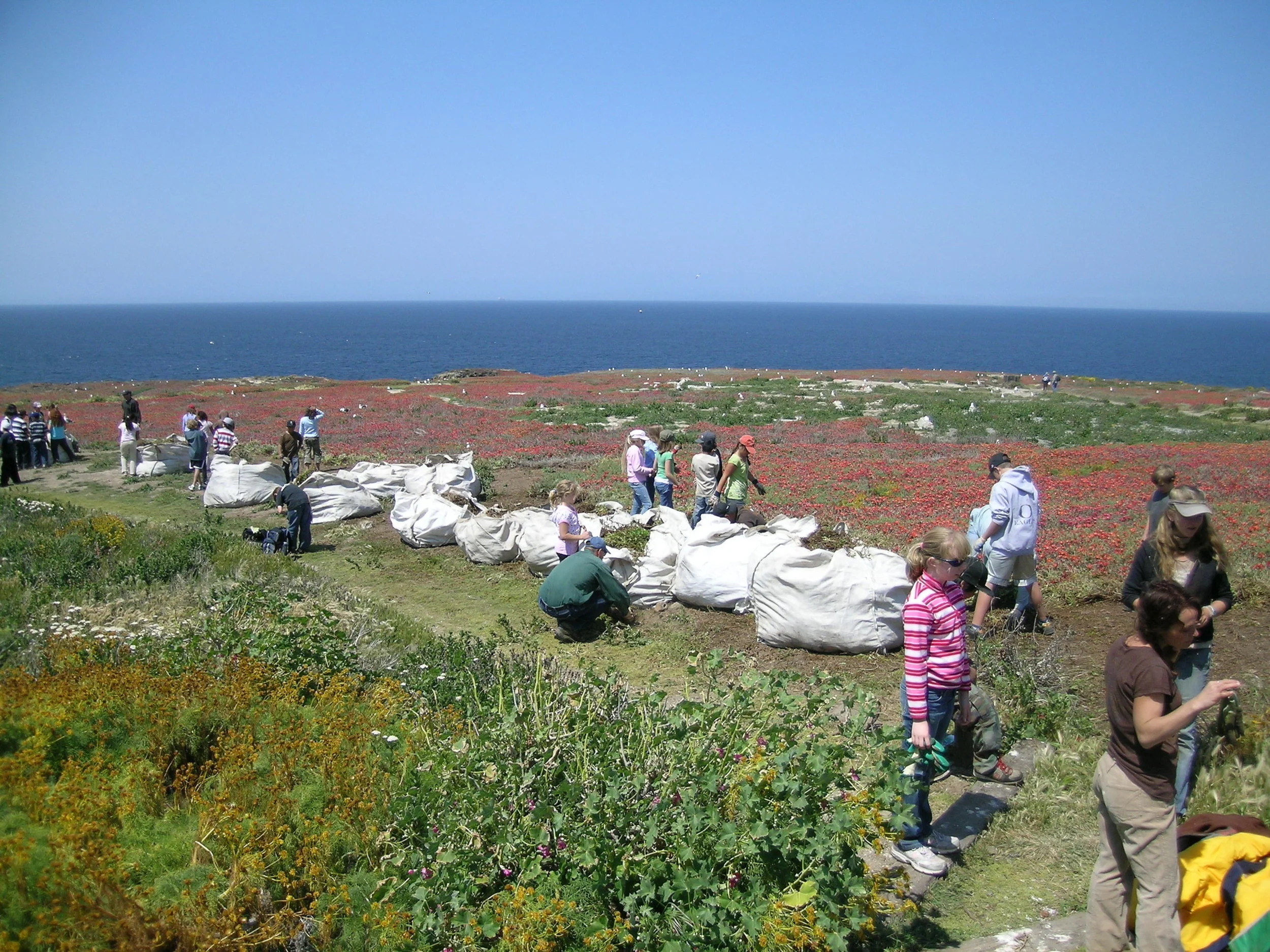


Anacapa Island
A visit to East Anacapa is an ideal way to get a “taste” of visiting the islands! Anacapa offers kayaking excursions and/or hikes on short and easy trails.
Anacapa Island
A visit to East Anacapa is an ideal way to get a “taste” of visiting the islands! Anacapa offers kayaking excursions and/or hikes on short and easy trails.
About Anacapa Island
Anacapa Island (Chumash: *Anyapakh*, meaning 'mirage') is just 12 miles from the mainland, and at only 1.1 square miles in size, it is the second from the smallest of the eight Channel Islands.
The island, which is wholly owned by Channel Islands National Park, consists of three land masses called “islets” that are named “East,” “Middle,” and “West” Anacapa Island respectively. Only East Anacapa and one spot on West Anacapa (Frenchy’s Cove) are open to the public.
A visit to East Anacapa is an ideal way to get a “taste” of visiting the islands with kayaking excursions and/or hikes on short and easy trails. The sights include spring wildflowers, breeding gulls in the summer, a small visitor’s center, plus historic 1930s era buildings, including a lighthouse.
“Inspiration Point” on the western end of East Anacapa, provides a spectacular view of Middle and West Anacapa Island, plus the eastern end of Santa Cruz Island. The 30 sea caves and marine wildlife make for excellent kayaking adventures.
Inspiration Point at the End of East Anacapa
Anacapa is also known for its great Western Gull migration from May through July. The gulls are the most abundant seabird in all of the Channel Islands with an estimated 15,000 gulls roaming around the coastal cliffs and habitats. These gulls are big, easy to spot and for anyone who has been to Anacapa, instantly recognizable. The gulls are natural adapters and can also function well around humans making them unique and under different environmental pressures than the ordinary sea bird.
Channel Islands Restoration has worked on Anacapa Island since 2008 and we have worked with every aspect of restoration. In summary, we have conducted ice plant removal, built a native plant nursery, collected seeds from the island and propagated said seeds, installed native plants, and included volunteers and provided educational opportunities throughout every aspect of our work.
Much remains to be done on Anacapa Island, but in partnership with the Park Service, we've accomplished great things.

Anacapa Restoration
Anacapa Restoration
A Brief History of Restoration
Anacapa Island is more a chain of islets rather than one large island and because of this, it has a high ratio of coastline to interior. This expanse of ocean bluff and coastline provides critical and/or important habitat for seabirds, marine mammals, and a number of rare plants.
The island boasts sixteen plant species that are found only on the Channel Islands, two of which are unique to Anacapa, and the largest breeding population of the formerly critically endangered Brown Pelicans (Pelecanus occidentalis) in California.
Anacapa Island is an important breeding location for the Scripps’s murrelet (Synthliboramphus scrippsi), one of the world’s rarest seabirds, and the ashy storm-petrel (Oceanodroma homochroa), a California Species of Special Concern.
Habitat Loss on Anacapa Island
Channel Islands Restoration has worked on Anacapa Island since 2008 and we have worked with every aspect of restoration.
The two main forces of habitat degradation on Anacapa Island have been black rats (Rattus rattus), which arrived as stowaways on European ships, and red-flowered iceplant (Malephora crocea) which was brought to the island in the 1930s.
Originally brought to the island by the Coast Guard, non-native invasive iceplant (most notably red-flowered ice plant) quickly formed a dense cover over most of East Anacapa Island.
The thick carpet of iceplant overwhelmed many native plants, reduced overall plant diversity, depleted critical food sources upon which the native animals and seabirds depended, and ultimately lead to a massive decline in island biodiversity.
Black rats came to preyed upon seabird nests, pushing available nesting opportunities for Scripps’s murrelets and ashy storm-petrels to the sheer cliff faces of the islands – the only places inaccessible to rats.
This is particularly true on the slope below a popular hiking trail that leads to the lighthouse. Much of the slope is completely denuded of vegetation, which further threatens bird habitat with erosion.
Restoration work with Pacific High School on Anacapa Island
Anacapa Island Lighthouse
The Anacapa Island Western Gulls
Baby Western Gulls
Ice Plant removal on Anacapa Island
Restoration Efforts on Anacapa Island
In past years, Channel Islands National Park in collaboration with Channel Islands Restoration has made vast improvements to the habitat of Anacapa Island.
In 2008, the NPS successfully removed black rats from the island and the Superintendent challenged Channel Islands National Park to remove all ice plant from Anacapa Island by 2016 – the centennial of the NPS.
However, as the NPS began to remove ice plant, it quickly became apparent that the open ground would need to be filled with native plants.
If not, the ice plant would reestablish itself. In late 2008/early 2009, the Park Service began working with CIR to restore Anacapa Island.
In order to cost effectively get genetically-localized native plants onto Anacapa Island for restoration, the Park determined that a plant nursery on the island was necessary. In 2009, the Great Pacific Ironworks store generously contributed funding to help CIR construct the plant nursery.
Since nursery construction was completed in 2011, it has been essential to the propagation of nearly 50,000 native plants grown on-site and planted!
Teams of CIR Volunteers work on Anacapa Island
Digging up Ice Plant on Anacapa Island
Present Day Work On Anacapa Island
Today, the vast majority of the red-flowered ice plant has been removed, but there’s still work to do on the island.
We have worked to fill the bare open space with native plants such as gum plant, marsh Frankenia, giant Coreopsis and many others.
Unsurprisingly, seabirds have already shown a strong preference for native habitat and the island seems to be alive with life. Our work on Anacapa Island has been a major conduit to advance our mission to educate grade schoolers about our natural world and the importance of native habitat.

Ice Plant Removal
Ice Plant Removal
School Trips to Anacapa Island
One of the largest threats to the island has been the dominance of non-native ice plant. Since the era when the Coast Guard ran the lighthouse, most of the island had been covered by ice plant, pushing available seabird nesting habitat to the fringes of the island. In 2012, the park superintendent set a goal to eradicate all of the red-flowered ice plant by the National Park Service’s centennial in 2016.
Channel Islands Restoration has been a key player in ice plant eradication since the goal was set in 2012, and with the help of hundreds of volunteers, we’ve made a huge impact. Today, the vast majority of the red-flowered iceplant has be removed, but there’s still work to do and CIR and its many volunteers are stepping up.
We have worked to fill the bare open space with native plants such as gum plant, marsh Frankenia, giant Coreopsis and many others. Unsurprisingly, seabirds have already shown a strong preference for native habitat and the island seems to be alive with life. Our work on Anacapa Island has been a major conduit to advance our mission to educate grade schoolers about our natural world and the importance of native habitat. One such recent chapter in this ongoing story was our work with Pacific High School in Ventura.
After multiple delays due to weather and stormy seas, Pacific High School was finally able to make it out to East Anacapa Island with Channel Islands Restoration staff and the NPS Interpretive Staff. The trip was one of the most extraordinary trips to Anacapa that we’ve ever been on, and we expect that it will leave a lasting impression on everyone involved.
Upon cresting the 154 (±3 depending on who you ask) steps to get onto Anacapa Island, our arrival was greeted by hundreds if not thousands of western gulls in flight overhead, and a certain few of the group were exceedingly happy to have worn a hat that day.
After a brief introduction over lunch, we let the high schoolers loose on the ice plant, and with all of the enthusiasm that any high schooler can muster, they leapt at it. Now that’s not to say that they weren’t effective. Quite the contrary, really. It’s hard to estimate just how much ice plant was pulled. However, for reference, at the end of the day, it took two people about 15 minutes of shoveling iceplant out of the back of a truck bed to discard it all in the solarization mound. It was a lot.
At the end of the work day, most of the students wanted to go for a hike out to inspiration point, and the others were forced to do the hike anyway (which they later appreciated of course). We hiked past restoration sites from years’ past to find new Coreopsis growing up beneath the blanket dead iceplant spurred on by the recent rain. With the recent rain having cleared out the air, the views of the mainland were spectacular and storm clouds on the southern horizon gave an awe-inspiring sense of depth and scale. The day was capped off with some whale watching - a pod of 10 grey whales heading west into the sunset, their tail flukes seeming to wave us off with their thanks.

Native Plant Nursery
Native Plant Nursery
When conducting a restoration project, it's vitally important that the plants used are locally native. This means using plants that are not only native to California or our region, but also plants from a restoration site's watershed.
In the case of East Anacapa Island restoration, the entire process stayed strictly on island. Seeds were collected on the island, but bringing them back to the mainland for propagation, and then returning the plants to the island would expose the island to stowaway pathogens and weeds from the mainland. We instead built a nursery on the island to keep the entire process contained on the island.
Nursery Construction
